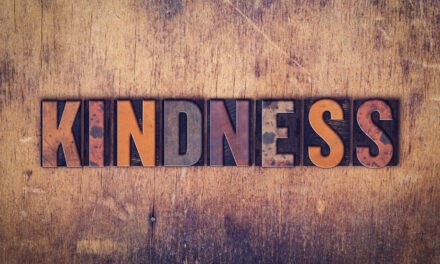The story offers practical guidance and actionable steps for those seeking to embark on their own journey of letting go. Through personal anecdotes and reflections, readers gain valuable insights into the process of self-forgiveness, acceptance, and taking control of what is within one’s power. It serves as a roadmap for those looking to navigate the challenges of releasing the past.
 Releasing our grasp on the past is a formidable task, far more challenging than the simple phrase “letting go” suggests. As emotional beings, our thoughts and feelings are valid, making it a complex journey to detach from the things that have left imprints on our souls. Life often insists that we toughen up and become resilient to potential sources of pain, and a significant part of this process is entwined with our diverse interactions with the individuals playing various roles in our lives.
Releasing our grasp on the past is a formidable task, far more challenging than the simple phrase “letting go” suggests. As emotional beings, our thoughts and feelings are valid, making it a complex journey to detach from the things that have left imprints on our souls. Life often insists that we toughen up and become resilient to potential sources of pain, and a significant part of this process is entwined with our diverse interactions with the individuals playing various roles in our lives.
 Within the familial construct, conflicting realities coexist, with each member projecting their own perceptions onto one another. My own childhood epitomised this, marked by relentless criticism that led me to internalise the belief that I deviated from the norm. In reality, I was merely a victim of the circumstances woven into the generational fabric of behaviours, encompassing trauma, addiction, and unspoken pain. Understanding this, I realised the importance of letting go and forgiving, relinquishing the expectation of receiving an apology. Some individuals refuse to acknowledge their wrongs, choosing instead to evade discomfort and hide the aspects of themselves that they deem shameful.
Within the familial construct, conflicting realities coexist, with each member projecting their own perceptions onto one another. My own childhood epitomised this, marked by relentless criticism that led me to internalise the belief that I deviated from the norm. In reality, I was merely a victim of the circumstances woven into the generational fabric of behaviours, encompassing trauma, addiction, and unspoken pain. Understanding this, I realised the importance of letting go and forgiving, relinquishing the expectation of receiving an apology. Some individuals refuse to acknowledge their wrongs, choosing instead to evade discomfort and hide the aspects of themselves that they deem shameful.
The initial step in this release is acknowledging that certain things lie beyond our control, particularly when they involve other people. As I ventured into the real world at the age of twenty, I harboured high expectations in my intimate relationships. Valuing words over actions, I failed to recognise my own worth, settling for less and depleting myself in the process. The questions of self-blame haunted me—what was wrong with me? Could I have done more? These inquiries stifled my personal growth.
In hindsight, I’ve come to understand that when someone chooses to depart from our lives, we must let them go without internalising blame. Taking responsibility for our actions and making necessary amends is crucial, but beyond that, their decisions and treatment of us are theirs alone to bear. It is not our duty to question their choices. This realisation forms the second step—taking control of what we can.
 While letting go is not confined to these two steps, they serve as blueprints empowering us throughout our life’s journey. Letting go involves accepting that the past could not have unfolded differently. Contrary to cinematic portrayals, the process isn’t marked by a sudden, immaculate transition after a breakup. Instead, it entails moving forward one day at a time, accepting the unchangeable and altering what lies within our control.
While letting go is not confined to these two steps, they serve as blueprints empowering us throughout our life’s journey. Letting go involves accepting that the past could not have unfolded differently. Contrary to cinematic portrayals, the process isn’t marked by a sudden, immaculate transition after a breakup. Instead, it entails moving forward one day at a time, accepting the unchangeable and altering what lies within our control.
Perspective plays a pivotal role in this transformative journey. We have the power to choose what we extract from situations—the good, the bad, and the ugly. Through this, we offer ourselves love, forgiveness, and grace, allowing our cups to overflow with value, worthiness, and the deservingness of all that is good.
Undoubtedly, the journey is arduous, but we are indeed capable. Regardless of the challenges, this too shall pass, affirming our resilience and ability to craft our futures.





